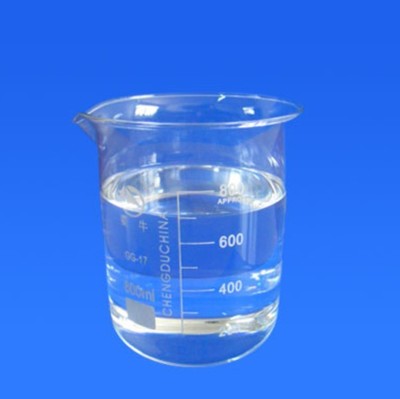Cationic surfactant quaternary ammonium salt is formed by further alkylation of fatty tertiary amines. Commonly used alkylating agents are methyl chloride or dimethyl phosphate. There are many types of them, and their output ranks first among various cationic surfactants. Quaternary ammonium salts with practical value in industry include the following three categories: long carbon chain quaternary ammonium salts, imidazoline quaternary ammonium salts and pyridine quaternary ammonium salts.
The hydrophilicity of the quaternary ammonium salt cation itself is much greater than that of fatty primary amines, fatty secondary amines and fatty tertiary amines, which is enough to make the surface active effect necessary The hydrophobic end dissolves in water. The positive charge on the quaternary ammonium cation allows it to be firmly adsorbed on negatively charged surfaces.
Currently, the largest use of quaternary ammonium salt surfactants is household fabric softeners.

Long carbon chain quaternary ammonium salts generally contain more than one long carbon chain alkyl group. They have the highest yield among cationic surfactants. A typical example is dioctadecylbismethylammonium chloride.
The number of carbon atoms in the alkyl group is mainly 16 to 18. In addition to chloride ions, methyl sulfate ions are also used as counter ions.
There are two main routes for the production of octadecylbismethylammonium chloride. The starting material of the first method is fatty acid, which is first converted into fatty nitrile and then hydrogenated to generate amine during reduction.
Dioctadecylbismethyl quaternary ammonium salt is mainly used as a softener in laundry operations. The softening effect comes from the arrangement of the fat tail groups in the molecules adsorbed on the fiber surface. It can make the fiber smooth, so that the washed clothes can achieve the required softness and good feel. At the same time, the slightly hydrophobic surface caused by cations can prevent the small water droplets contained in the clothes from coalescing when they are dried. Together, the pile on the surface of the terry cloth becomes softer.
The second use of long-chain quaternary salts is in organobentonites. Organobentonite is a rheology modifier. It is used in the coating industry to control the rheology of paints. It is used in oil field drilling to prepare drilling oil slurries and as lubricants for various metals. The principle of organobentonite controlling the rheology is because it has hydroxyl groups in its molecular structure. Hydrogen bonds can be generated in the standing medium, making the slurry a uniform gel with a certain viscosity. When there is external force (such as stirring), the hydrogen bonds are destroyed and the viscosity becomes smaller. This characteristic is called rheology.
The third use of long-chain quaternary ammonium salts is sterilization. Most of the quaternary salts used for sterilization contain carboxylic acid groups in their structure. The fields used for sterilization include: household, medical and industrial sterilization, disinfection and mildew prevention; algae killing in swimming pools; disinfection in the laundry process; microbial sterilization in oil fields, etc.

 微信扫一扫打赏
微信扫一扫打赏

